Now that makes me feel a whole lot better because I'm still struggling to identify some of the common widespread species of Cuba. Every time I think I've got something clear in my mind something else pops up that throws that into doubt. This is in no small part due to the lack of any good literature on the subject. What is needed is a really good field guide. Perhaps there is one but if so I can't find any reference to it though there has certainly been discussion of one being in production.
I think that this is Cuban Coast Anole Anolis jubar due to the crest along the back and the orange dewlap.
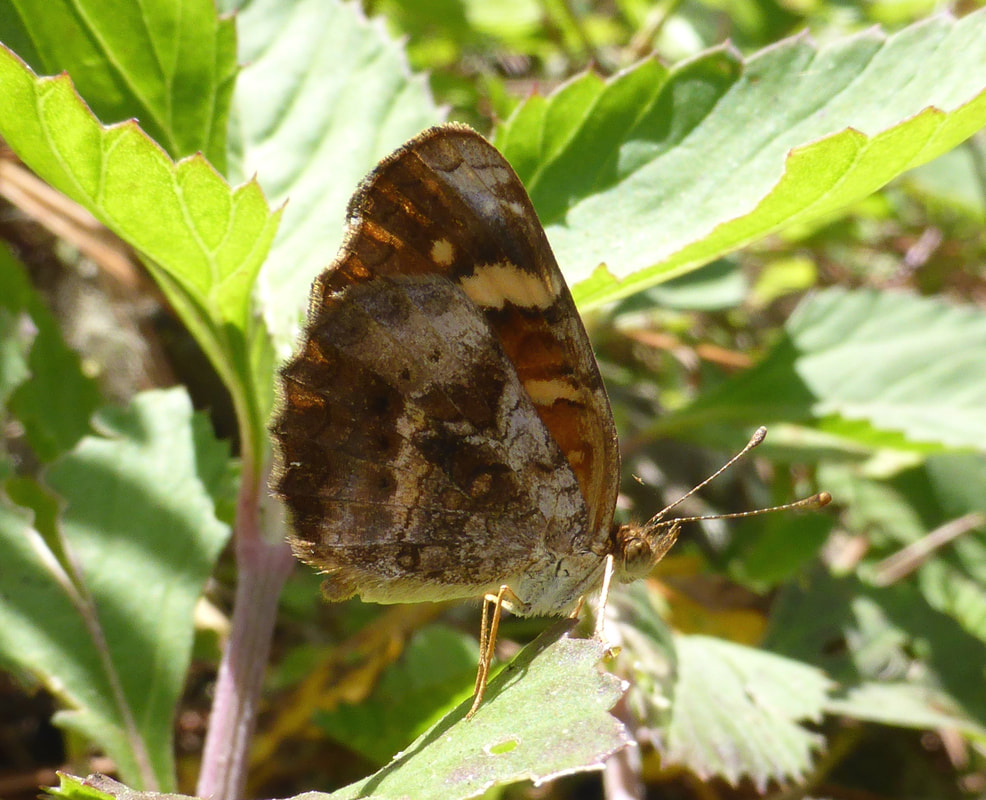
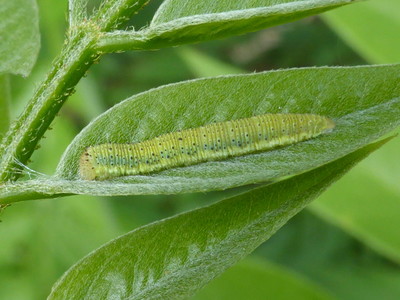
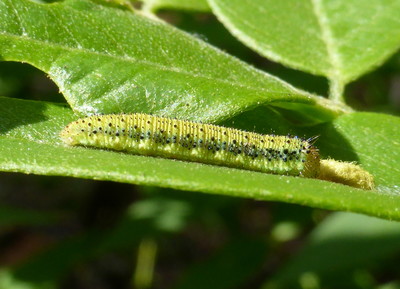
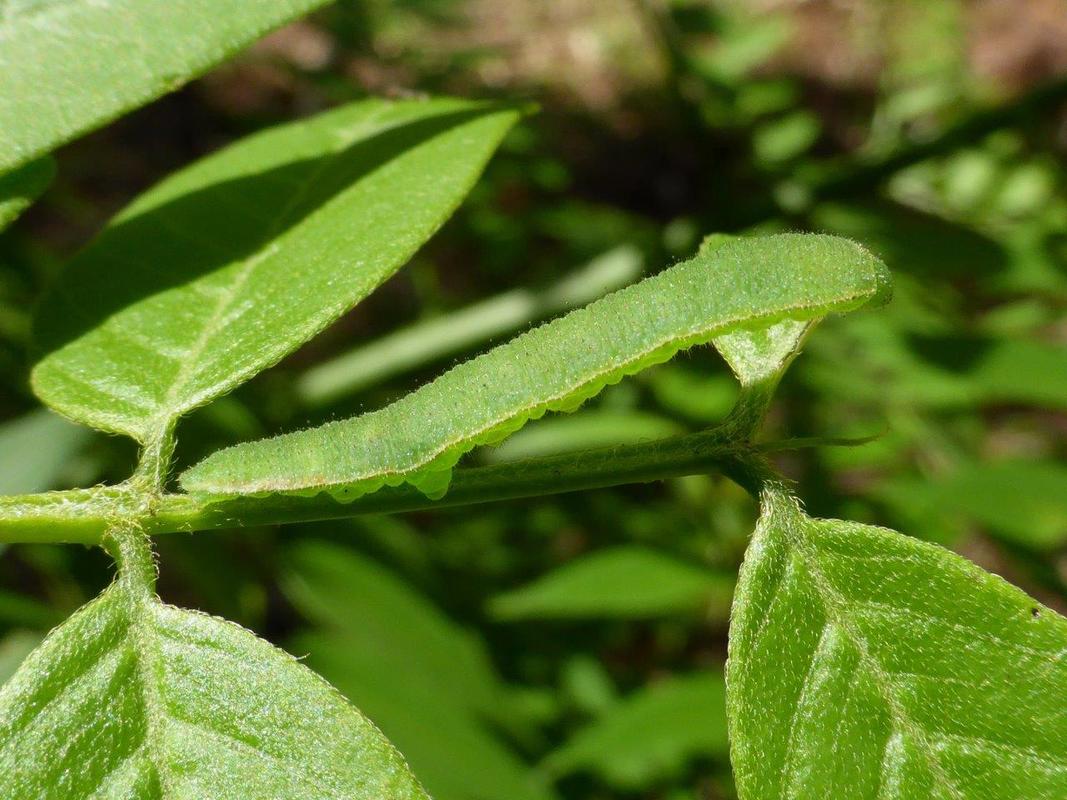
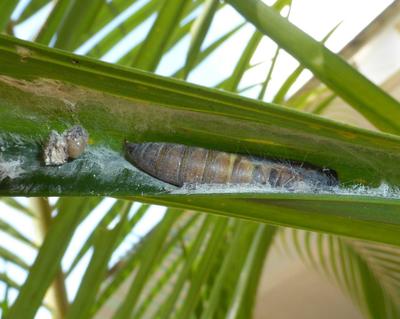

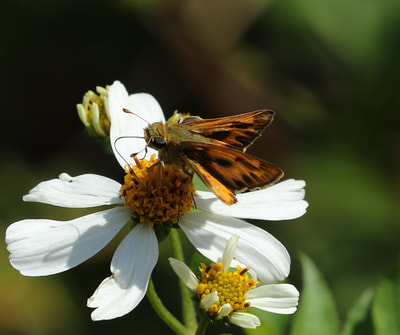
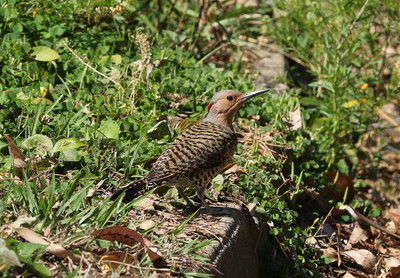
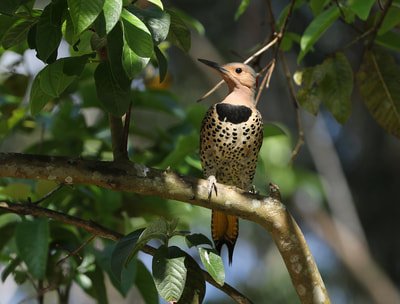
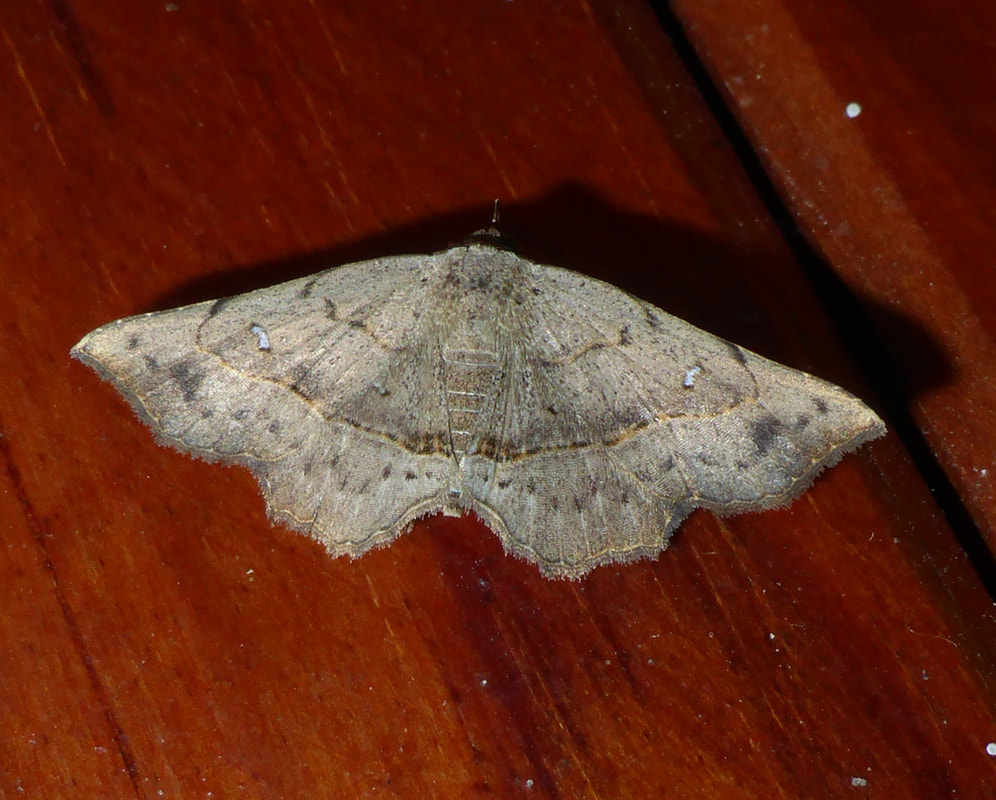
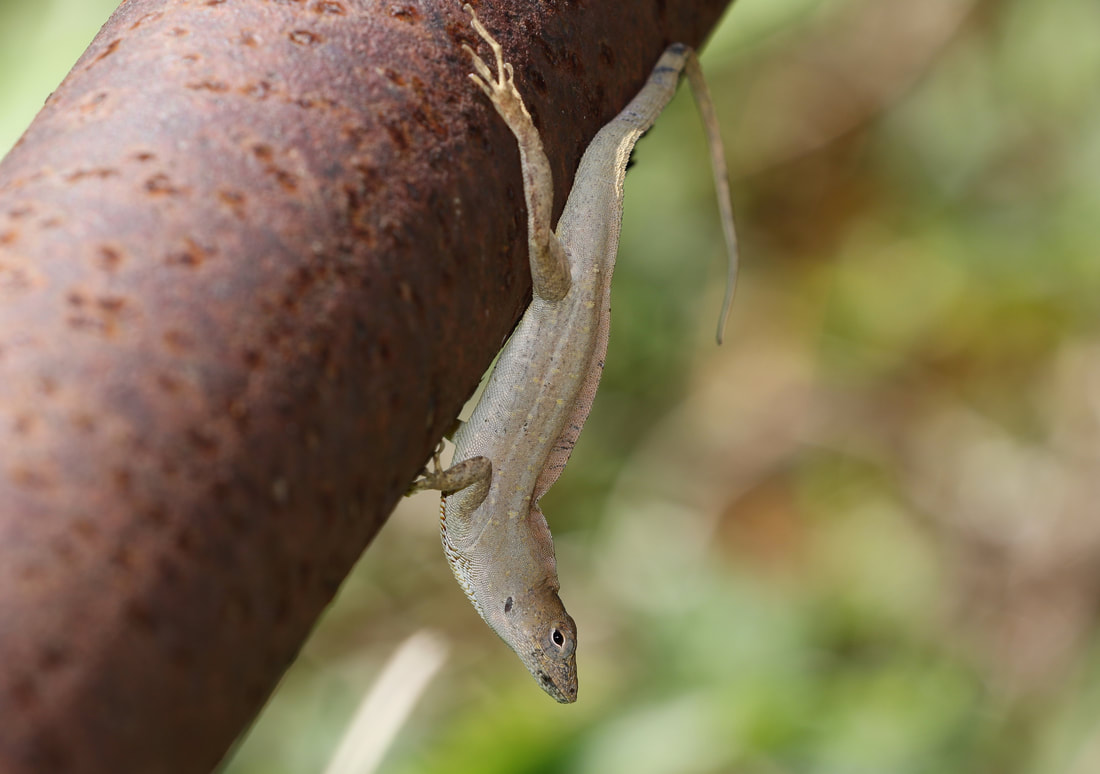
 RSS Feed
RSS Feed